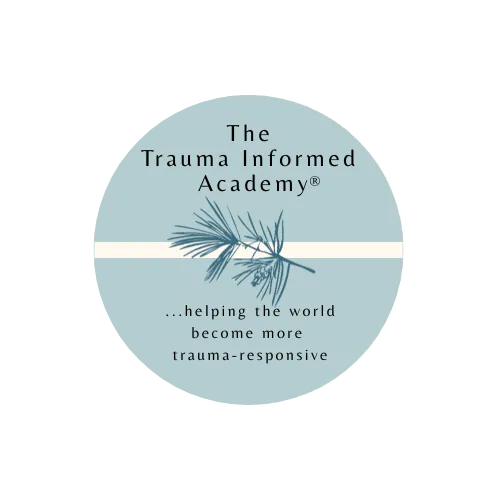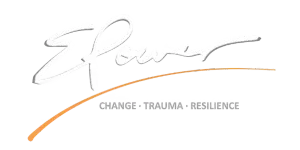

What Does Self-Regulation Really Look Like? It's Not What You Think
Here's what most people think self-regulation looks like: staying calm, speaking softly, never getting upset, always being "professional."
That's not self-regulation. That's performance. Real self-regulation is about making conscious choices about your responses when you're under stress. Sometimes it looks graceful, sometimes messy. And sometimes? Sometimes it looks like putting down the symbolic blade because you know you'll use it if it's in your hand. There are days I do not peel carrots because I will scream and peel them onto the ceiling, if you know what I mean.
A Real Story About Self-Regulation
A couple of months ago, I got called on the carpet by someone who felt I had disengaged from a project. My internal perspective was honest: "Well, yeah, the program can't be developed until you decide what you want, my sister's been hospitalized out of state for a while, a good friend just died of cancer, and two more are going. I don't agree with your choice, and I don't support it. It’s about timing and capacity in the moment versus over time." I simply didn’t play. I was tired and heartbroken.
What followed was a pattern of repeated attacks—accusations of grandstanding (while others said they wished I'd spoken more), demands that I defend my work in detail while others weren't held to the same standard. Each time, I had choices about how to respond. What I wanted to do? Be an industrial flame thrower. Scorch the earth.
What I did--and what it looked like from the inside out.
At first, it looked like giving in from fatigue. I imagined I was swatting at flies—annoying, persistent, but not worth my full energy when I was grieving and overwhelmed.
Then it looked like strategic thinking. As the attacks continued, I made interactions increasingly public to reduce the damage that could be done. This wasn't about "being the bigger person" or doxxing bad behavior—it was about protecting myself intelligently.
When I felt anger rising, it looked like reminding myself of facts. I'd done what was asked. I was a key stakeholder. My feelings had information, but they didn't need to drive my actions.
When falsely accused, it looked like checking evidence instead of getting defensive. I went to Google, confirmed there was no evidence of what was claimed, and said calmly, "Show me the evidence." There was none. Then I made that conversation public too.
Finally, it looked like walking away. After repeated jabs, I quit the project. Not in anger, not to punish anyone, but because continuing wasn't serving anyone. Why would I want to keep putting myself in that situation?
The Real Definition of Self-Regulation
Self-regulation isn't about suppressing your feelings or always being "nice." It's about expanding your choices in how you respond to difficult situations. It's the ability to turn the volume up and down on your emotions based on what serves you and the situation. Tools equal choices. Choices equal personal power.
What Self-Regulation Doesn't Look Like
Self-regulation isn’t:
Never getting upset
Always being accommodating
Accepting mistreatment to "keep the peace"
Suppressing reasonable, authentic responses
Staying in harmful situations because leaving would be "unprofessional"
The Shame and Pain Are Part of It
Here's something important: I felt shame and pain throughout this experience. That doesn't mean I failed at self-regulation. Difficult emotions are information, not evidence of failure.
The shame told me something about my values—I care about collaboration and fairness. The pain told me the relationship mattered to me, even when it became toxic. Self-regulation meant feeling those emotions without letting them drive decisions that would harm me further.
Your Self-Regulation Might Look Different
Maybe your self-regulation looks like:
Taking deep breaths before responding to a difficult email
Removing yourself from conversations that escalate
Asking for time to think before making decisions
Setting boundaries even when others don't like them
Choosing not to explain yourself to people who won't listen anyway
The goal is to expand your power to choose how you respond when life gets difficult. And sometimes? Sometimes the most regulated response is putting things down and walking away.
That's not giving up. That's wisdom.



Email our Admin:
©Copyright 2025 EPower & Associates, Inc. All Rights Reserved.
Privacy Policy | Terms of Use
Featured On...


